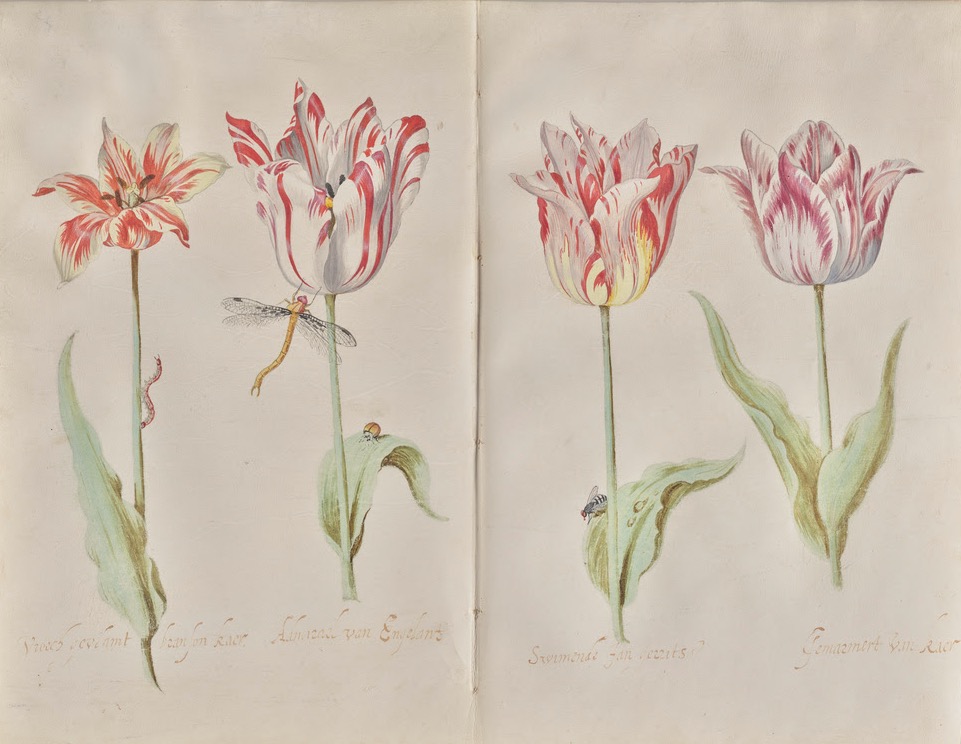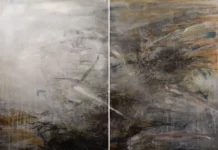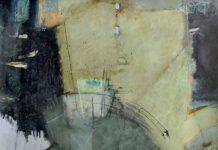The Dutch Republic was the most prosperous nation in Europe in the 17th century, a time when its global trade, military, science, and art were highly regarded. During this period of great artistic achievement, drawings became increasingly valued as independent works of art.

The J. Paul Getty Museum is presenting “Dutch Drawings from a Collector’s Cabinet,” an exhibition showcasing for the first time a magnificent group of 17th-century drawings acquired from a private collector in 2019. On view through January 15, 2023, the exhibition features 50 works in a variety of media by artists from the Dutch Republic, including Rembrandt van Rijn, Adriaen van de Velde, Jacob van Ruisdael, and Aelbert Cuyp, among others.

Five botanical drawings in the exhibition demonstrate the fascination with the natural world and the interaction of art and science in the Netherlands. Jacob Marrel’s imposing watercolor, Four Tulips, speaks to “tulipmania,” a period when the speculative prices for tulip bulbs reached astonishing heights before the market collapse in 1637. Maria Sibylla Merian’s watercolor Metamorphosis of a Small Emperor Moth on a Damson Plum is a meticulous rendering of the metamorphosis of an emperor moth from egg to caterpillar based on a counterproof from her Caterpillar Book of 1679.







